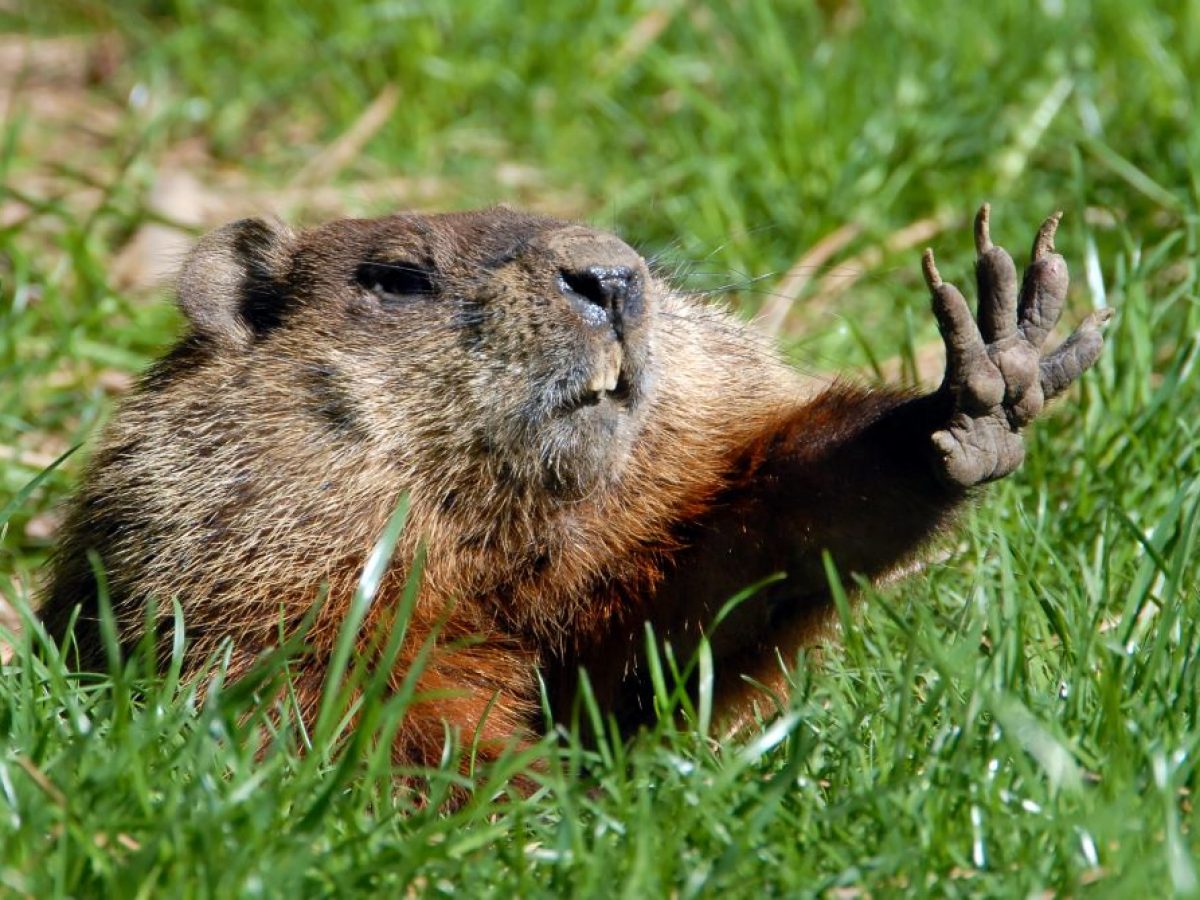Introduction
Groundhogs, also known as woodchucks, can cause significant damage to gardens by eating plants, digging burrows, and disturbing soil. If you’re a gardener struggling to protect your plants, understanding how to keep groundhogs out of your garden is essential. This article explores effective, research-backed methods to deter these persistent critters, helping preserve your garden’s health and beauty.
Why Groundhogs Invade Gardens
Groundhogs are herbivores that seek out gardens for the abundance of tender greens, fruits, and vegetables. Their natural digging behavior creates burrows that can destabilize garden structures and damage plant roots. Gardens provide an ideal food source and shelter, making them a prime target for groundhogs. Recognizing why groundhogs invade gardens is the first step to effective prevention.
Effective Physical Barriers to Keep Groundhogs Out
Installing Garden Fencing
A sturdy fence is one of the most reliable ways to keep groundhogs away. Experts recommend the following:
- Use wire mesh fencing with openings no larger than 1 inch.
- The fence should be at least 3 to 4 feet tall to prevent climbing.
- Bury the fence 10 to 12 inches underground, angled outward, to block digging under the barrier.
This method physically blocks groundhogs and is widely endorsed by wildlife specialists.
Using Raised Garden Beds
Raised beds can reduce groundhog damage by elevating plants above ground level. While not foolproof, raised beds make it harder for groundhogs to reach plants and deter their natural digging behavior.
Natural Repellents and Scare Tactics
Planting Groundhog-Repellent Plants
Certain plants naturally repel groundhogs due to their strong scents or toxic properties. Incorporate plants like:
- Daffodils
- Garlic and onions
- Mint
These can act as a natural deterrent when planted around garden borders.
Applying Commercial Repellents
There are commercially available sprays containing predator urine or unpleasant scents. Regular application is necessary, especially after rain. Choose repellents labeled safe for edible plants.
Using Motion-Activated Devices
Motion-activated sprinklers or lights can startle groundhogs and reduce their visits. These devices add a humane, low-maintenance option to your garden defense.
Humane Trapping and Relocation
If deterrents fail, humane traps can safely capture groundhogs for relocation. Follow these expert tips:
- Use a live trap sized for groundhogs.
- Place bait such as fresh vegetables inside.
- Check traps frequently to minimize animal stress.
- Release groundhogs at least 5 miles away from your property in a suitable habitat.
Check local regulations before trapping, as laws vary by region.
Maintaining a Groundhog-Unfriendly Garden Environment
Remove Attractants
- Clear brush piles and tall grass where groundhogs hide.
- Secure compost bins to avoid attracting them.
Regular Garden Maintenance
- Fill in holes promptly to discourage reburrowing.
- Keep garden edges tidy to reduce shelter opportunities.
These practices reduce the chances of groundhogs settling nearby.
Conclusion
Keeping groundhogs out of your garden requires a combination of strategies, from physical barriers and natural repellents to humane trapping and environmental management. By understanding groundhog behavior and applying expert-recommended techniques, you can protect your garden effectively. Start with fencing and plant selection, and adjust your approach as needed. Remember, persistence and consistency are key to safeguarding your plants and enjoying a thriving garden free from groundhog damage.
